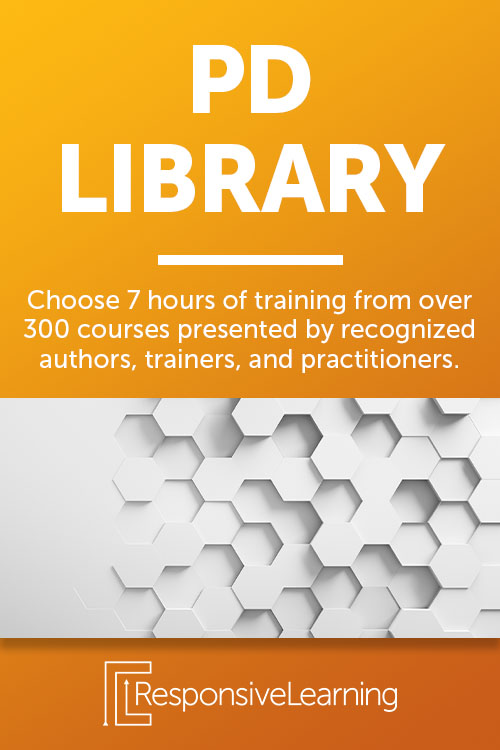Imagine you are a student who cannot see. Despite your disability, you have dedicated a vast majority of your time to learning and practicing piano. You do not need vision to feel the music. In fact, you excel at this instrument because your sense of sound and touch is more elevated than most. Your fingers find purchase, effortlessly gliding across the keys. You are not limited by a disability – you are empowered through your talent.
Now imagine you wanted to audition to play piano for the school musical. FAPE emphasizes equity rather than equality. This ensures that all students are given the same opportunities, regardless of any disability. As an educator, Keys to Special Education – FAPE will provide the enlightenment you need.
1. FAPE Isn’t Just Another Acronym
FAPE stands for Free and Appropriate Public Education. It was established to help students with disabilities reach their full potential by receiving an education that accommodates their individual needs. This protects students with disabilities from discrimination while offering them equal opportunities to excel in the classroom and beyond.
School-aged children ranging from 3 to 21 years of age are generally covered under FAPE. This ensures that parents do not have to pay additional fees for their children with disabilities to receive proper accommodations at school. These services meet federal standards, include the child’s IEP, and are delivered in the least restrictive environment (LRE).
Renowned Special Education teacher Ayo Jones explains the policy, procedure, and practice of FAPE in her course. She is a veteran educator, author, and founder of Noodle Nook – an online resource for teachers in Special Education.
2. FAPE Doesn’t Fake
Achieving the bare minimum isn’t enough when it comes to FAPE. Students with disabilities should be challenged so that they too can excel in academics. This can be accomplished by writing data-driven IEPs, aligning to grade-level standards, and following the IEPs. You’ll want to make sure that you combine the supplemental aids, accommodations, and modifications that help reinforce a child’s learning while using them consistently in the classroom.
Depending on the nature of a student’s disability, they should always be offered the opportunity to engage with their nondisabled peers. Jones encourages teachers to “Look for more opportunities for inclusion like during meals, recess, and PE in addition to during academics.”
Under the FAPE policy, you’ll want to focus on students’ individualized needs. Your decisions should be data-driven and based on the unique learning requirements of each child. Remember to always provide quality supplemental instruction over quantity.

3. Equity For All
Procedural Elements provide the foundation to properly deliver FAPE. Implementing a student’s IEP at the beginning of the semester is crucial to success. This way, you can ensure the data collection and paperwork are thorough and accurate.
Every child has different needs depending on their unique circumstance. With equity in mind, each student should be provided with fair and impartial opportunities at school. This means that a child with a disability must be given the proper accommodations to take part in the same activities as their nondisabled peers.
For instance, a student who is blind would be given the assistance they require to audition for the school musical. Through FAPE, all students are encouraged to pursue and showcase their unique talents. You can help them focus on their strengths while fulfilling their potential and letting them grow into the best version of themselves.
Interested in learning more about how you can help your students thrive? Explore the course demo on Keys to Special Education – FAPE today!

